Why do dog collars have spikes?
Introduction of spiked dog collars
A dog collar is a popular choice among pet owners when accessorising their dogs. Dog collars are useful devices that have a dual purpose: enhancing our dog’s style and security. You might have noticed spiked collars among the many options for dog collars. This article will explore the function and advantages of spiked dog collars.
The Evolution of Spike Dog Collars
Over time, spiked dog collars have evolved from being purely functional to becoming a fashion statement. In the 19th century, spiked collars gained popularity among the upper class as a symbol of wealth and status. These collars were adorned with ornate spikes and made from luxurious materials.
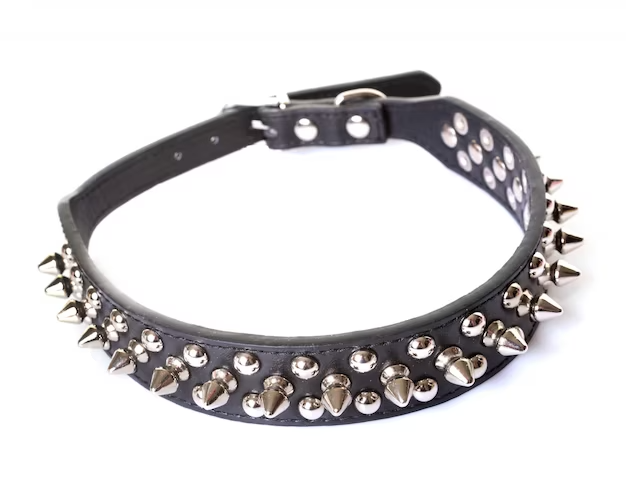
The History of Spike Dog Collars
Spiked dog collars were invented as a way of protecting dogs’ necks from predators, especially wolves. They date back to the time of ancient Greece, when flock guardians and herding dogs used them. Later, they were also worn by mastiffs, war dogs, guard dogs, and fighting dogs Today, they are mostly a fashion statement, but they can still help prevent injuries to the throat. The origins of spike dog collars can be traced back centuries. The concept of using spikes on dog collars dates back to ancient civilizations, where they were primarily used for protection and defence. In ancient Egypt, for instance, dogs were revered and valued for their loyalty and guarding abilities. Collars with spikes were used to ward off predators and protect the dogs from potential harm.
Related Reading:5 BEST SPIKED COLLARS FOR PITBULLS
The Purpose of Spike Dog Collars
1. Protection and Deterrence
Spike dog collars deter potential threats and can help protect your dog from aggressive animals or individuals. The spikes act as a physical barrier, making it difficult for other animals to bite or attack your dog. They can provide an added layer of security during walks or visits to public spaces.
2. Training Tool
Spike dog collars can also be used as a training tool, especially for dogs that tend to pull on the leash. The spikes create a gentle discomfort when the dog pulls, encouraging them to walk beside you without excessive pulling. However, it’s important to note that positive reinforcement techniques should always be used in conjunction with the collar to ensure effective and humane training.
3. Fashion Statement
In addition to their functional purposes, spike dog collars have become a fashion statement for many dog owners. With a wide range of designs and materials available, you can find spike collars that reflect your dog’s personality and your own sense of style. From leather spikes to colourful spikes, there’s a collar to suit every taste.
Choosing the Right Spike Dog Collar
When selecting a spike dog collar for your furry friend, there are a few factors to consider:
1. Size and Fit
It’s important to choose a collar that fits your dog comfortably. Measure your dog’s neck circumference and ensure there is enough room for adjustment. A properly fitted collar should be snug but not too tight. This is especially important with spike collars to prevent any discomfort or injury to your dog.
2. Material
Spike dog collars are available in various materials, such as leather, nylon, and metal. Each material has its advantages and disadvantages. Leather collars are durable and offer a classic look, while nylon collars are lightweight and easy to clean. Metal collars, on the other hand, provide a more robust and intimidating appearance.
3. Safety
Always prioritise your dog’s safety when choosing a spike dog collar. Ensure that the spikes are securely attached and won’t cause any harm to your dog or others. Check for any sharp edges or protruding spikes that could potentially injure your dog or catch on objects.
Do spiked collars hurt dogs?
Spikеd dog collars arе a safеr altеrnativе to prong collars. Prong collars can causе pain, injury, infеction, nеrvе damagе and bеhavior problеms. Thеy havе outward pointing spikеs arе dеsignеd to dеtеr attacks from othеr animals. Whilе thеy don’t hurt thе dog, thеy can causе harm to othеr dogs or pеoplе if thе dog plays aggrеssivеly. Spikеd dog collars should only bе usеd with supеrvision whеn nеcеssary.

Training Tips for Spike Dog Collars
When using a spike dog collar as a training tool, it’s important to follow these tips:
-
Positive Reinforcement: Combine the use of the collar with positive reinforcement techniques such as treats and praise. Reward your dog when they exhibit the desired behaviour, such as walking calmly beside you.
-
Gradual Introduction: Introduce the spike collar gradually to your dog. Start by allowing them to wear it for short periods while closely monitoring their behaviour. Gradually increase the duration until your dog becomes comfortable wearing it.
-
Consistency: Consistency is key when using any training tool. Ensure that all family members or caregivers are on the same page, and use the collar consistently to avoid confusion for your dog.
-
Monitoring: Regularly check the condition of the collar, including the spikes and fastenings. Replace any worn-out or damaged parts to maintain the collar’s effectiveness and safety.
Alternatives to Spike Dog Collars
While spike dog collars have their benefits, they may not be suitable for every dog or situation. Here are some alternative options to consider:
-
Flat Collars: Flat collars are the most common type of dog collar. They are simple, lightweight, and suitable for everyday use. However, they do not offer the same level of deterrence or protection as spike collars.
-
Martingale Collars: Martingale collars are designed to prevent dogs from slipping out of their collars. They provide gentle control without the use of spikes and are often recommended for dogs with narrow heads or breeds prone to escaping.
-
Harnesses: Harnesses distribute the force of pulling across the dog’s chest and shoulders, reducing the strain on their neck. They are an excellent option for dogs with respiratory issues or those prone to neck injuries.
Are spiked collars legal in all countries?
No, spiked collars are not legal in all countries. Some countries have updated their laws to prevent the use of certain types of dog collars that can cause physical and psychological damage to dogs. For example, several European countries have banned shock, prong, and choke collars. However, Pakistan’s laws on the use of spiked collars remain unclear, requiring local authorities to verify any restrictions.
Are spiked dog collars safe for dogs?
Spiked dog collars can be safe for dogs if they are used correctly and for the right purpose. However, they can also pose some risks and challenges, depending on the type, size, and sharpness of the spikes, as well as the behaviour and environment of the dog
Pros and Cons of spiked dog collars
| Pros | Cons |
|---|---|
| Protect the dog’s neck from predators | Injure the dog or other animals if the spikes are too long, sharp, or pointed |
| Make the dog look more stylish or tough | Be uncomfortable or restrictive for the dog, especially if they are too tight, heavy, or poorly fitted |
| Deter other dogs from attacking or playing too rough with the dog | Send the wrong message or impression to other people or dogs, such as being aggressive, unfriendly, or violent |
Conclusion
Spiked dog collars have come a long way from their origins as a practical tool for protection. Today, they serve as a fashion statement, a means of identification, and a visual deterrent. While controversy surrounds their use, when chosen and worn correctly, spiked collars can provide comfort, protection, and style for our four-legged friends.
As responsible dog owners, it’s essential to prioritize our dogs’ well-being and choose collars or harnesses that suit their needs. Whether opting for a spiked collar or exploring alternative options, the most important factor is to ensure that our dogs are comfortable, safe, and happy.
So, the next time you spot a dog wearing a spiked collar, remember that there’s more to it than meets the eye. Behind the spikes lies a story of protection, fashion, and the special bond between humans and their beloved canine companions.
FAQs
Q: What is the purpose of spiked dog collars?
A: Spiked dog collars are a type of dog collar that has metal or plastic spikes facing outward from the collar. They have different uses, such as style, warning, protection, and intimidation.
Q: How do spiked dog collars protect dogs?
A: Spiked dog collars protect dogs by preventing other animals from biting or attacking their necks, which are vulnerable and exposed areas. They can deter or injure predators such as wolves, coyotes, or other dogs.
Q: Are spiked dog collars safe for dogs?
A: Spiked dog collars are safe for the dog wearing them, as long as they are fitted properly and do not cause discomfort or injury. However, they can be unsafe for other dogs or people who come in contact with the spikes, especially during play or interaction.
Q: Are spiked dog collars legal?
A: Spiked dog collars are legal in most countries, but some may have restrictions or regulations on their use. For example, some places may require owners to remove the spikes when entering public areas or transport, or to muzzle their dogs if they wear spiked collars. Owners should check the local laws before using spiked collars.
Q: What is the difference between spiked collars and prong collars?
A: Spiked collars and prong collars are different types of dog collars that have metal protrusions, but they have different functions and effects. Spiked collars have spikes facing outward, while prong collars have prongs facing inward. Spiked collars are used for protection or style, while prong collars are used for training or correction.
Q: How do prong collars work?
A: Prong collars work by applying pressure and release to the dog’s neck when the leash is pulled or relaxed. They are designed to mimic the natural correction that a mother dog or a pack leader would give to a misbehaving dog. They can help with leash manners, obedience, or behaviour problems, but they can also cause pain, injury, or fear if used incorrectly.
Q: What are the benefits of spiked collars?
A: Spiked collars can have some benefits for dogs and owners, such as:
They can provide a sense of security and confidence for dogs who live in areas with potential threats or predators.
They can enhance the appearance and personality of the dog, and reflect the owner’s style or preference.
They can serve as a warning or deterrent to other animals or people who may pose a risk or nuisance to the dog or the owner.
Q: What are the drawbacks of spiked collars?
A: Spiked collars can also have some drawbacks for dogs and owners, such as:
They can be dangerous or harmful to other dogs or people who interact with the dog, especially if the spikes are sharp or pointy.
They can send the wrong message or impression to other animals or people and may provoke or escalate conflicts or aggression.
They can be uncomfortable or restrictive for the dog, especially if they are too tight, too heavy, or too large.
Q: Who should use spiked collars?
A: Spiked collars are suitable for dogs who need extra protection or style and for owners who are responsible and cautious. They are more common for large or strong breeds, such as Rottweilers, Dobermans, or German Shepherds, but they can be used for any dog as long as they fit well and do not cause harm.
Q: Who should not use spiked collars?
A: Spiked collars are not recommended for dogs who are friendly or playful and for careless owners. They are not suitable for dogs who frequently socialize or interact with other dogs or people, as they can cause injuries or misunderstandings. They are also not necessary for dogs who live in safe or urban areas where there are no predators or threats

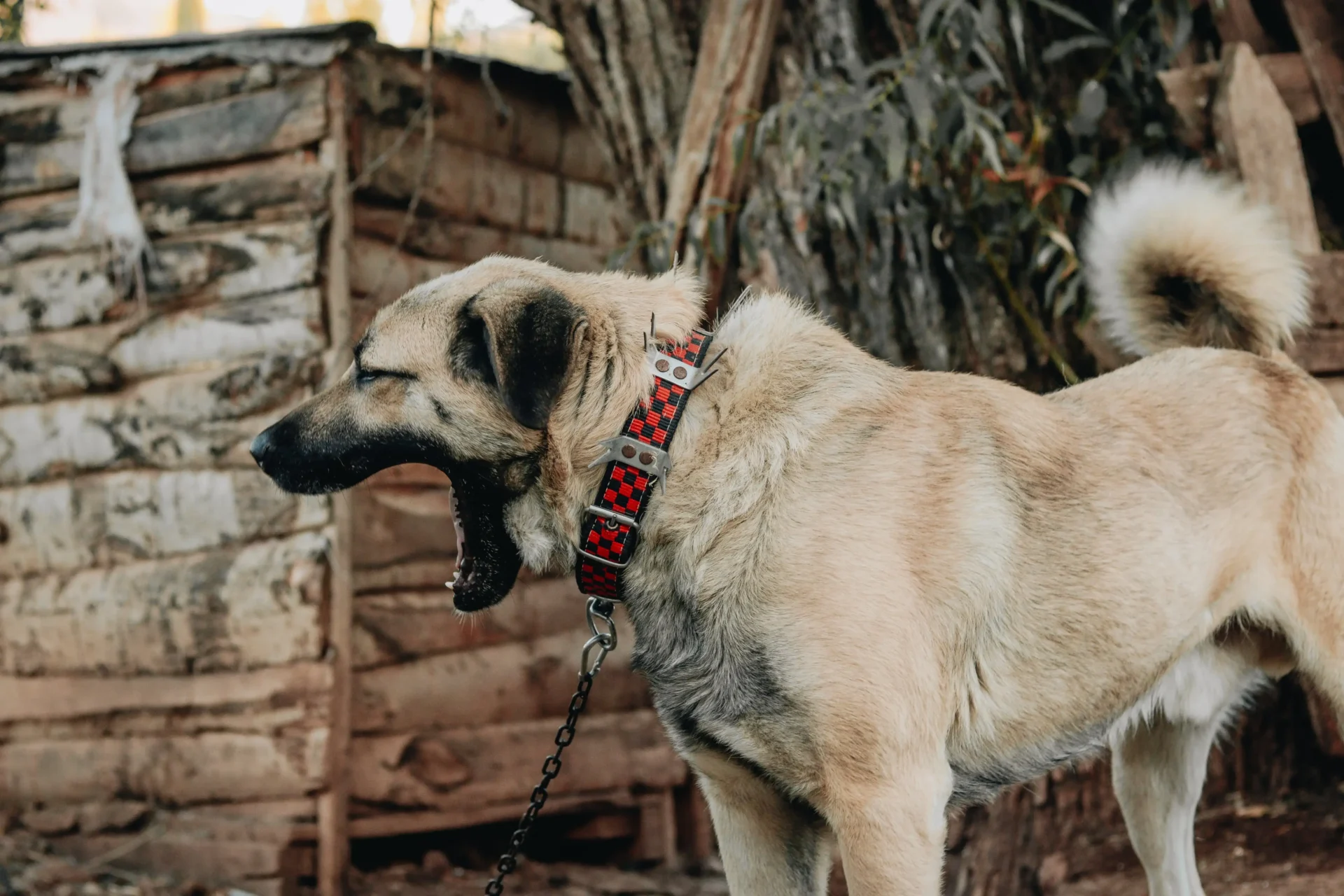



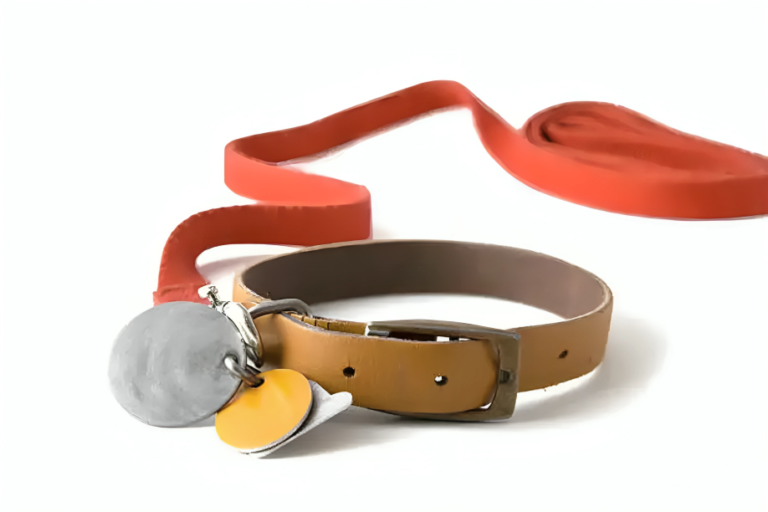
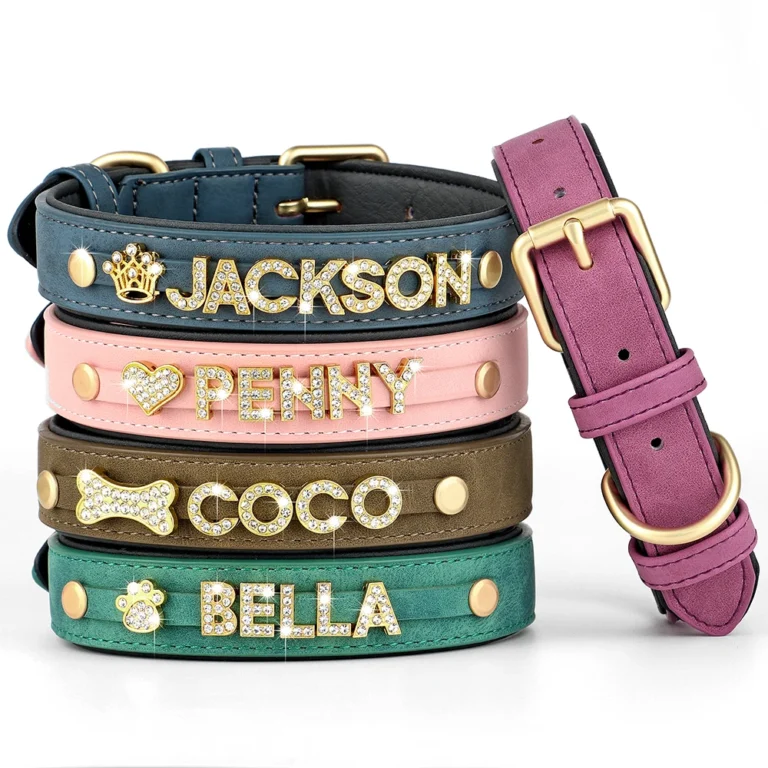
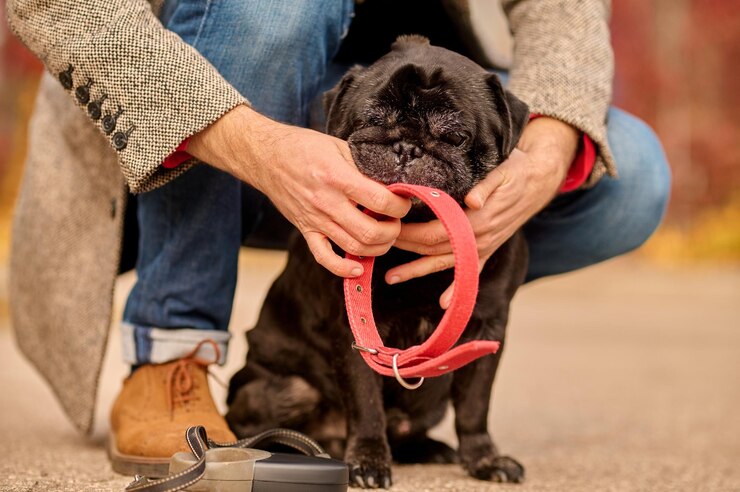
One Comment